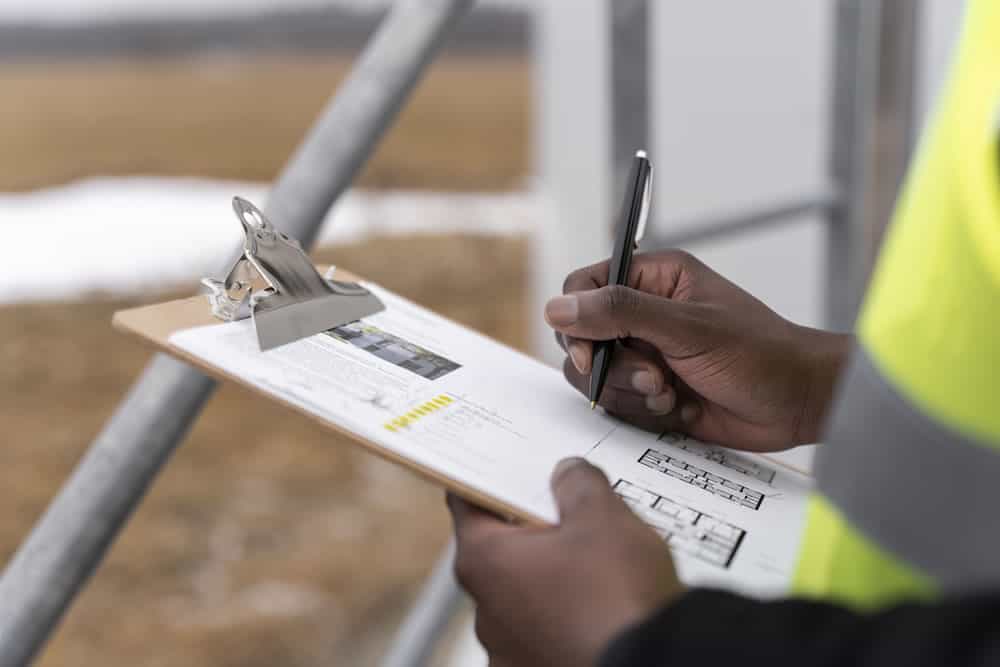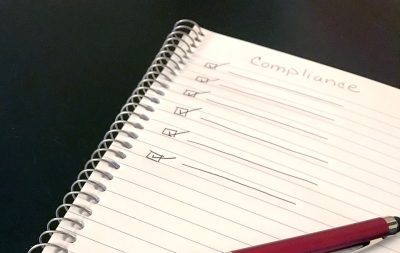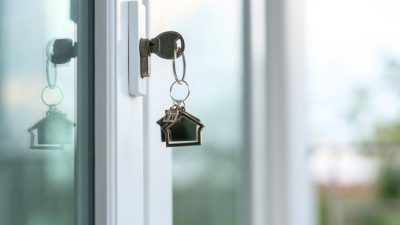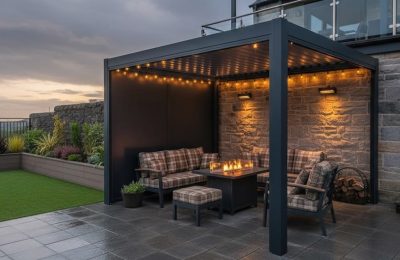From 1st March 2024 it became a mandatory requirement of The Repairing Standard that landlords must ensure the water supply in their private rented properties is free of lead pipes, lead lined storage tanks and fittings from the boundary stopcock to the kitchen tap. All properties built before 1970 must be tested as the use of lead pipes was banned in 1969. Properties built after this are exempt from lead testing as they will not have lead pipes in them. Scottish Water are responsible for the pipework in the main street up to the boundary of your property. The landlord is responsible for the pipework from the inside of the property to the boundary toby in the street.
You can find out the rough age your property was built from the home report from when you purchased the property.
If your property is in the category of properties that may need to be tested then the first thing you should do is a visual inspection of the property. Look under your kitchen sink, and ascertain if your pipes are plastic, copper or lead. If you suspect lead, then you can either appoint Scottish Water or a private contractor to carry out a lead test on the property. If you are not sure how to identify a lead pipe then get a plumber to help you. Scottish Water can be contacted on 0800 077 8778.
Scottish Water or a third party testing company will carry out a water test at the property which identifies if there is any lead content in the water and if there is, whether or not it’s within the safe levels. You need to arrange for the water to be tested by a laboratory accredited by UKAS to BS17025. If water is used for human consumption such as for cooking or for drinking water then the cold water outlet should be tested. This is typically the kitchen tap, but could also include the bathroom tap. Any cold water outlets between the boundary stop cock and the kitchen tap should be tested.
They carry out two tests:
- The first draw of water. This is basically when the water has not been used for 12 hours and has sat in the pipes for a prolonged period of time. Take a one litre sample of water and carry out a laboratory test on it.
- They then carry out a running water test, which ascertains if the water is safe to drink once it has been run for a while. The reason they do this is because if the water has been run for two minutes, it can flush out lead from the water and can take it from an unsafe level to a safe level in some, but not all, cases. Scottish Water recommends that if a tap is run for two minutes prior to use then it can significantly reduce the lead content in the water.
If the lead content is at or above 10 micrograms per litre (μg/L), further action is needed, including identifying and replacing lead pipes. If the lead content is between 5.0 and 10.0 μg/L, a more detailed examination of the plumbing should be done. If any lead piping is found then it should be removed and tenants should be advised on how to minimise their exposure to lead.
The Scottish Water lead testing service is free of charge, and they will normally just test the one outlet which is the cold water pipe at the point of entry into the property, most commonly the kitchen tap. Alternative testing providers will charge for their services but will test more than one outlet if you request that service from them.
What to do if you get a positive lead test:
First of all you should notify Scottish Water so they can replace any sections of lead in its part of the service pipe between the water main in the street and the boundary stop valve at the toby. This work will be done free of charge. You then need to replace your internal lead pipes with non-lead pipes. A plumber should be able to do this for you and this will be billable to the owner. If you have a section of lead pipe between your property and the boundary stop valve at the toby this pipework will also have to be replaced at the owners cost. If the property has shared responsibility for repairs with other property owners in the block or other owners that have properties attached to their building, then the cost of this external dig may be covered under the communal rules which means the cost of it could be split equally between all owners. You need to consult with all property owners and need consent from them all before proceeding with the works. Your title deeds should stipulate if majority consent is applicable. There is a Repairing Standard exemption that if you cannot get majority consent you do not need to carry out the lead replacement works. In this scenario you should provide the tenants with a letter of how to reduce their exposure to lead and put a “Do not drink” sign beside the taps in the property.
However, if you do not know where the pipes run in the garden and do not know where to start the dig to find them, an alternative solution may be to make those pipes redundant and run new pipes down a new route of your choice in the garden.
An application will need to be made to Scottish Water to disconnect the old pipework and reconnect the new pipework. They will need to carry out a site visit before authorising this and they will be able to tell you what size of pipe the current toby connects to.
If you own a property that is a block of flats for example, and all water is fed through a communal water supply, it would be pointless to re-connect your new pipes to a water supply if all of the other owners are not also changing their own internal lead pipes at the same time. In this scenario, if you changed your lead pipes, your water supply would still have lead in it by default if it was connected to a communal water supply that had other lead pipework in the circuit. In this scenario, you could make an application to Scottish Water for a separate toby which supplies only your property and you can bypass your pipework completely out of the existing pipe network in the communal block. This would be a billable service from Scottish Water and the costs of the pipework would also be that of the landlords. The cost of any garden remedial work will be the cost of the landlord, or will be a communal cost if applicable.
You may be eligible for a grant of up to £800 to replace the lead pipes. You can follow this link to see if you are eligible:
https://www.mygov.scot/private-water-supplies/apply-for-grant
Once the lead pipes are removed by the owner and Scottish Water, the water should then be re-sampled to confirm that all lead has been removed. This is particularly important to make sure the property is within the safe lead limits. Once a safe lead level is reached there is no need to test the water for lead again.
The Scottish Association of Landlords can offer advice on the process if you are unsure of how to proceed. https://scottishlandlords.com/. There is also further information on the Scottish Government website: https://www.gov.scot/publications/repairing-standard-statutory-guidance-private-landlords/pages/14/











